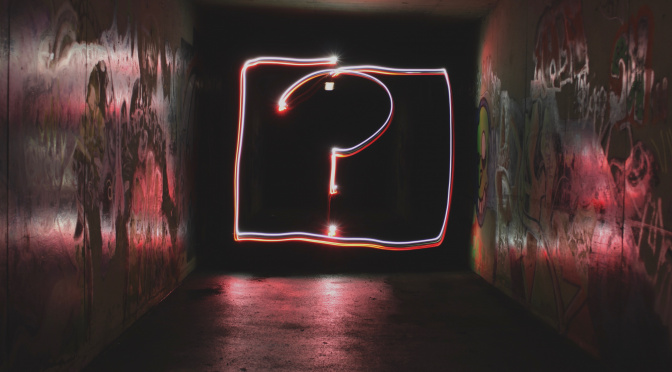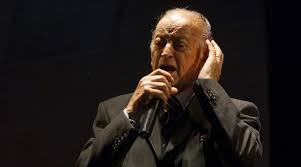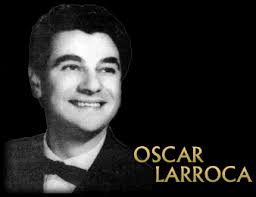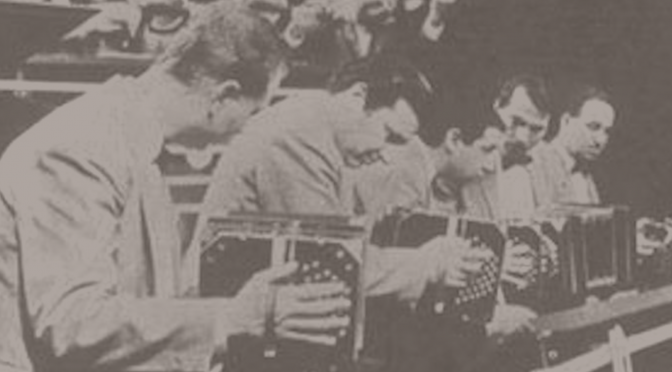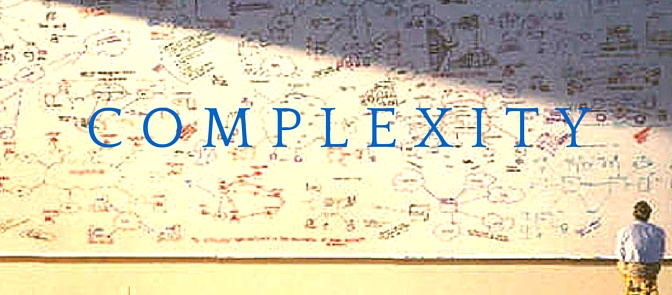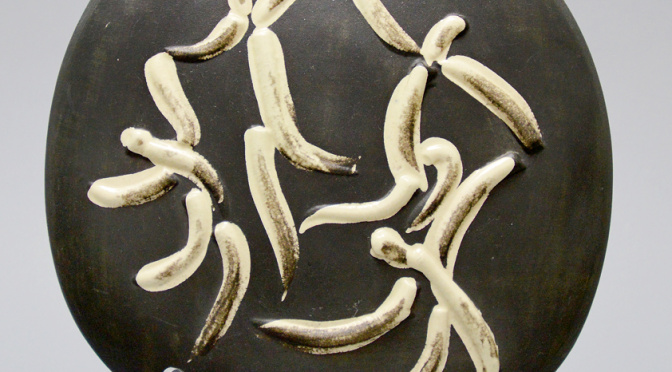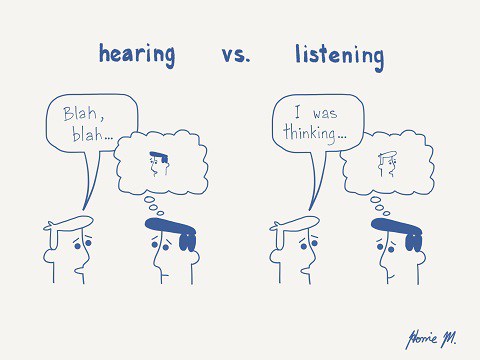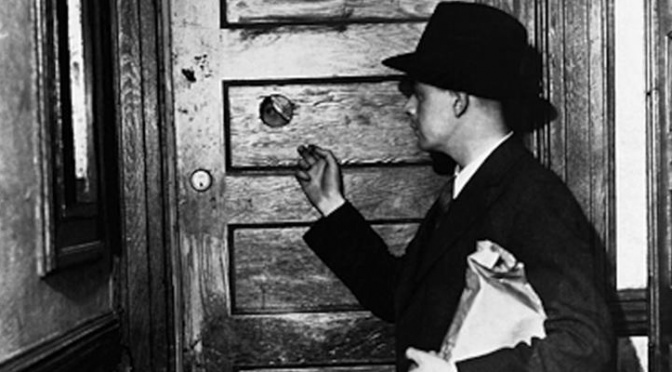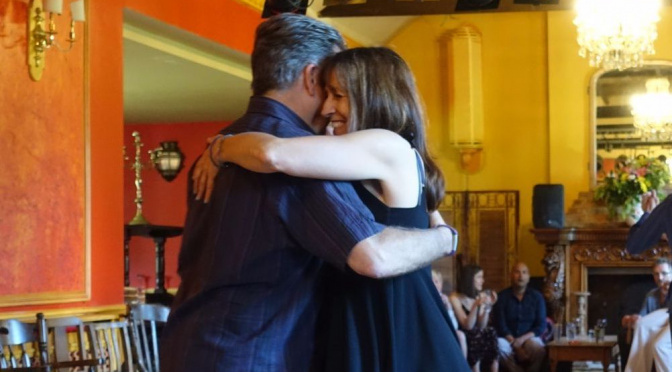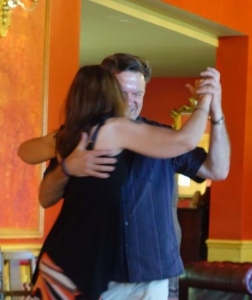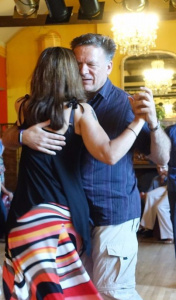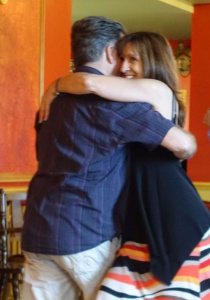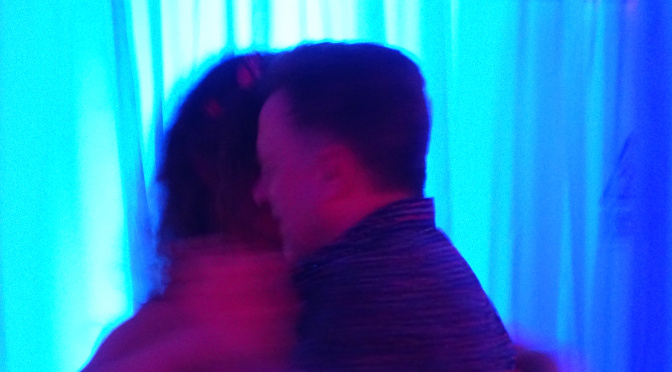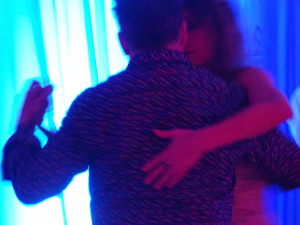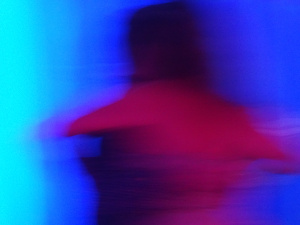Who, what, where, how, why and when?
In many areas of life these 6 short question words are important as we question ourselves and our projects.
In Tango, we learn as a couple ‘how’ to perform various fragments and sequences, and as leaders we decide ‘when’ we will do them.
The follower is more responsible for architecting their response – since in general terms the ‘what’ has been decided for them, they live more in the world of ‘how’.
Once the intent is understood they interpret, through choices, how they will move.
They might respond to move simply, low, high, with presence, stronger dissociation, with adornos, with delay – just as examples…
These are important decisions that define the visual aesthetics of the couple. And in her well communicated decisions we find much of the pleasure of improvised Tango.
It is of course important ‘who’ we dance with – so much of the codes and world of tango is concerned with this important subject.
‘When’ is an easy one – every day.
Which leaves us with the one that few people discuss – the many, many layers of “why?”
Why, actually, am I studying, practising and dancing Tango? This is important – but not the question that I am currently thinking about and working on.
The “why?” that concerns me the most is “why exactly did I make that decision, to lead that structure at that energy level, to that phrase, with this person, right then?”
Why that and not something else from the myriad of options that I had? How connected was I to that moment? How deliberate was the choice? How grounded was I in the music and how connected to her – how present was I – and ultimately – was it the best choice ?
Did I understand the implications for our structure as the music moves on? Did I take account even of where the music was going? Of how my partner is dancing?
Of course I am not talking about simple decisions to lead melodic paradas to Di Sarli, or quebradas and cuts to Biagi – but a deeper understanding of the implications if in fact I do lead this specific structure right now – to this – with her.
This is challenging me.
Because as leaders we want to seamlessly flow from one moment to the next – after a significant time investment the act of thinking ‘what next’ seems to belong back in those first few painful years of learning the craft of leading in tango.
Our mental world needs of course to be engaged, to plan navigation and safety – but we need to find enjoyment and that wonderful tango connection which cannot be based on a highly intrusive mental decision process.
I am interested to learn if we naturally improve at this – if we make sure we are connected to the music, the floor, and to our partner – and we make these choices hundreds of times a week – perhaps we just get better at making the right choice?
Or damn it do I need to think more? I was just starting to relax…
Photo by Emily Morter on Unsplash

